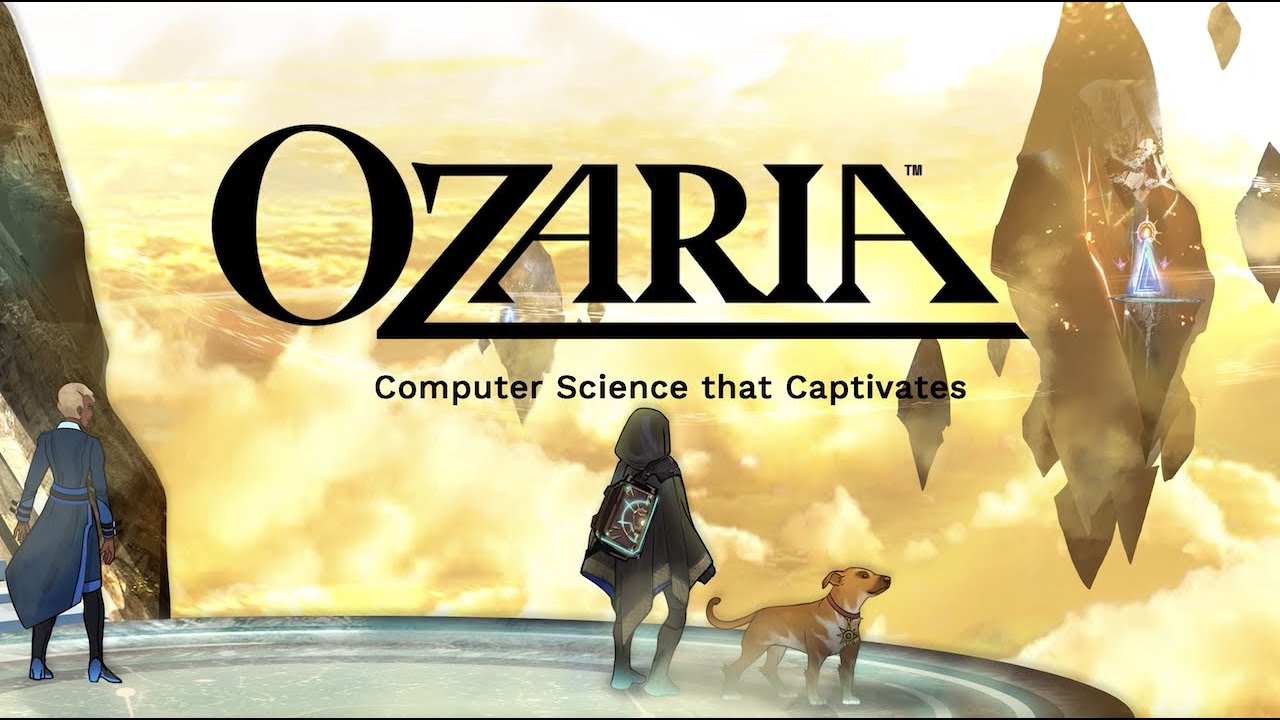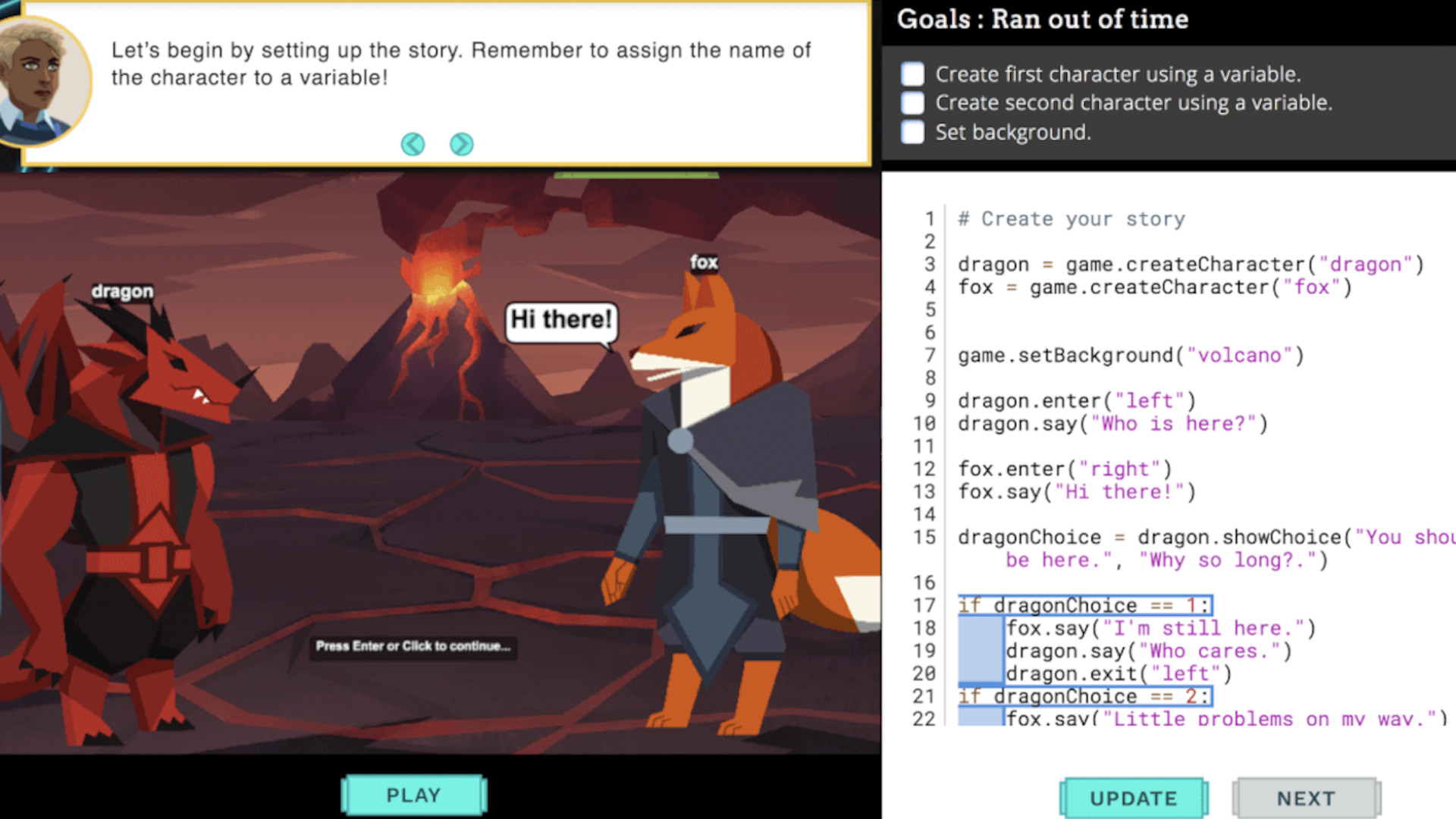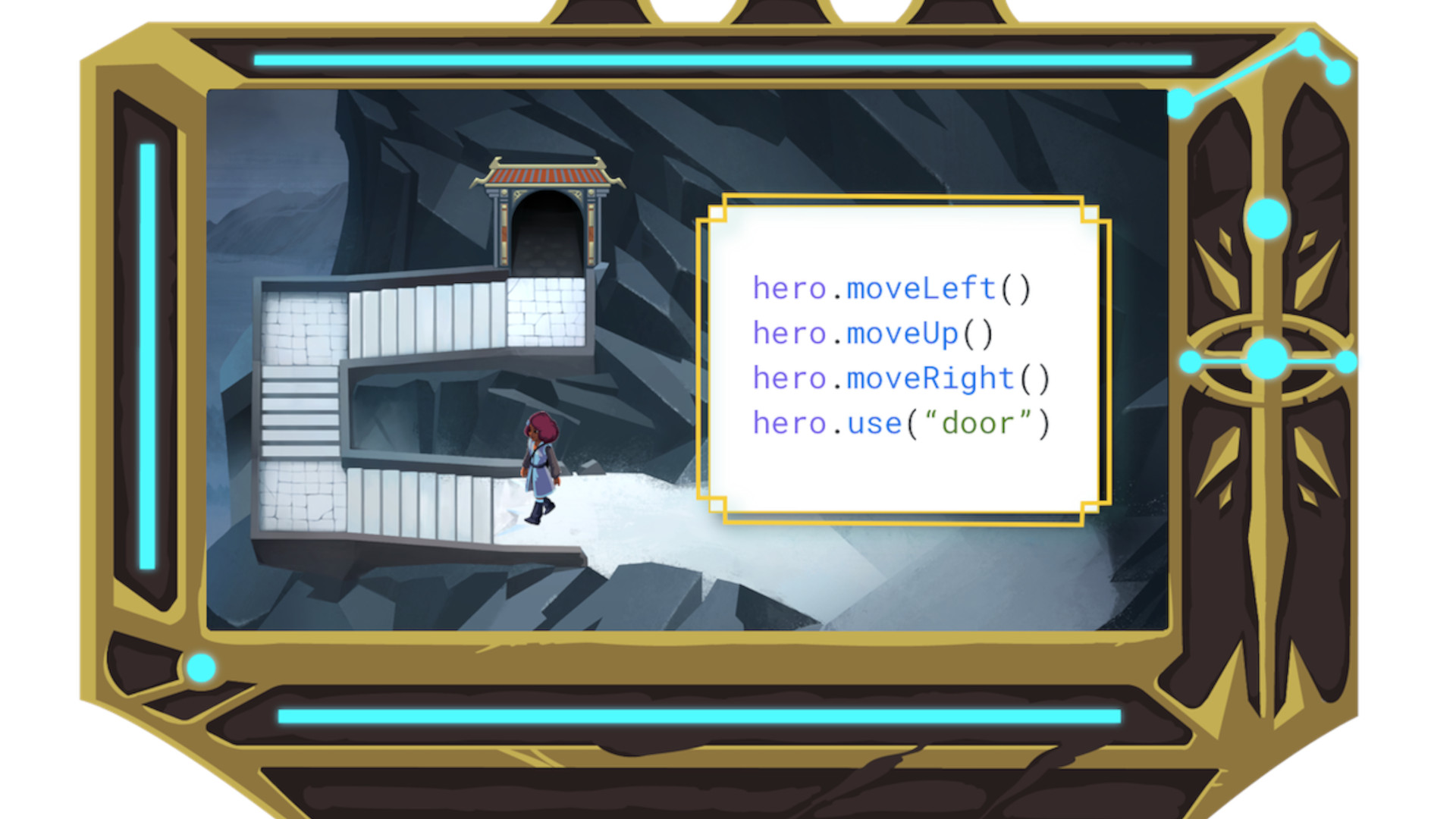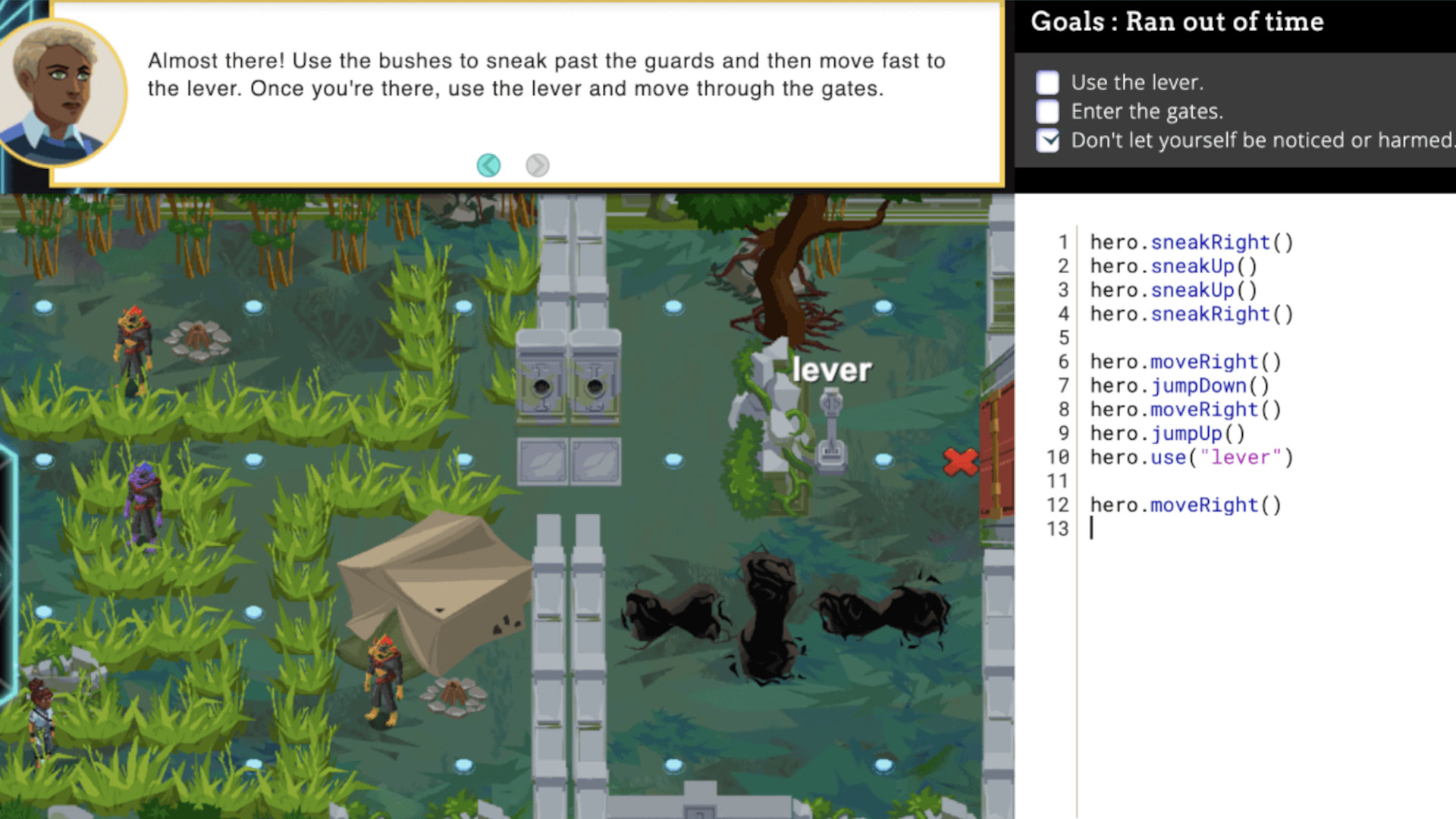What is Ozaria and How Can It Be Used for Teaching? Tips & Tricks
Ozaria teaches coding using puzzle-based gaming fun

Ozaria is a full-on fantasy game in and of itself, yet it's also a code-teaching tool that can be used in the classroom and beyond.
A lot of these coding-style games are out there but what makes this stand out from the others is the curriculum structure, making it ideal for teaching. It also has plenty of support, which is helpful, even for teachers with less code-based knowledge or experience.
While this is a useful tool for teaching within computer science, it can be used beyond that class as a very accessible story-based game that covers STEM and math concepts too.
To be clear, the game is called CodeCombat but it comes under the umbrella of Ozaria's world.
What is Ozaria?
Ozaria is a fantasy game that uses coding to teach students and to progress the narrative of the characters you play as within this world.

The game is built on the CodeCombat structure yet is specifically made for classroom use and teaching at home. It does this using Python or Javascript, which means real-world coding skills that can be used to build games and apps.
Ozaria is standards-aligned and meets both ISTE and CSTA, ideal for the middle schoolers it is aimed at, but extends between grades 3 and 12. This is both for class-wide teaching, group-based work, and individuals too, making it usable in a variety of environments and for mixed abilities.
Tools and ideas to transform education. Sign up below.
How does Ozaria work?
Ozaria requires you to sign up and login to begin using the service, with a portal for both students and educators. Students can use a class code to get in and begin classes. Educators can sign in with Google or Clever for the greatest of ease when getting started -- this also lets you link with Google Classroom for ease of setting work.

Ozaria offers games for students to get started on right away and there is a dashboard to teachers to set work and monitor student progress.
The game features a fantasy land with characters who play through a storyline, progressed by using coding. This is web-based so students can access the game via a web browser on nearly any device with an internet connection.
Teachers have access to lesson slides with tips such as pacing suggestions, gaming gaps to punctuation with teaching, cutscene instruction use, and extension opportunities. All the gaming systems are then available via the dashboard for teacher controls, but more on that next.
What are the best Ozaria features?
Ozaria features Python and Javascript coding, making it a real-world tool that can be used directly to create games, apps, and more -- potentially building a career skill.

The teacher dashboard is of great use as this allows educators to monitor student progress but also to manage student projects and even make assessments using a dedicated tool.
This is all curriculum-led and features a well-structured layout that allows for lesson progression at a pace in fitting with the schooling timetable. It also focuses on SEL, which allows students to build integrity when working on a project, to further develop their ability to progress through challenges.
Accessibility is thought of here too with helpful voiceover narration, making reading not a strict necessity at all points. A screen reader mode is available for those who might otherwise not be able to access the visual instructions.
While everything is self explanatory there is also support for educators with professional development opportunities provided for by Ozaria's creators in a full course program.
How much does Ozaria cost?
Ozaria offers the first lesson chapter for free to give students and educators a taste of what is available.
Licenses for the products are then charged on a school-by-school basis with specific quotes tailored when you make an enquiry over email.
Ozaria best tips and tricks
Reward a chapter
Use the first, free, chapter as a reward to students who finish their classwork. This will let you see how you and your students take to the game before buying.
Break out detail
The game has details on loops, algorithms, and debugging so have lessons on these areas to go into more math-based depth.
Use beyond the game
Create projects using the code learned from game chapters in order to show students how they can build with it in real world scenarios.
To share your feedback and ideas on this article, consider joining our Tech & Learning online community here
Luke Edwards is a freelance writer and editor with more than two decades of experience covering tech, science, and health. He writes for many publications covering health tech, software and apps, digital teaching tools, VPNs, TV, audio, smart home, antivirus, broadband, smartphones, cars and much more.
